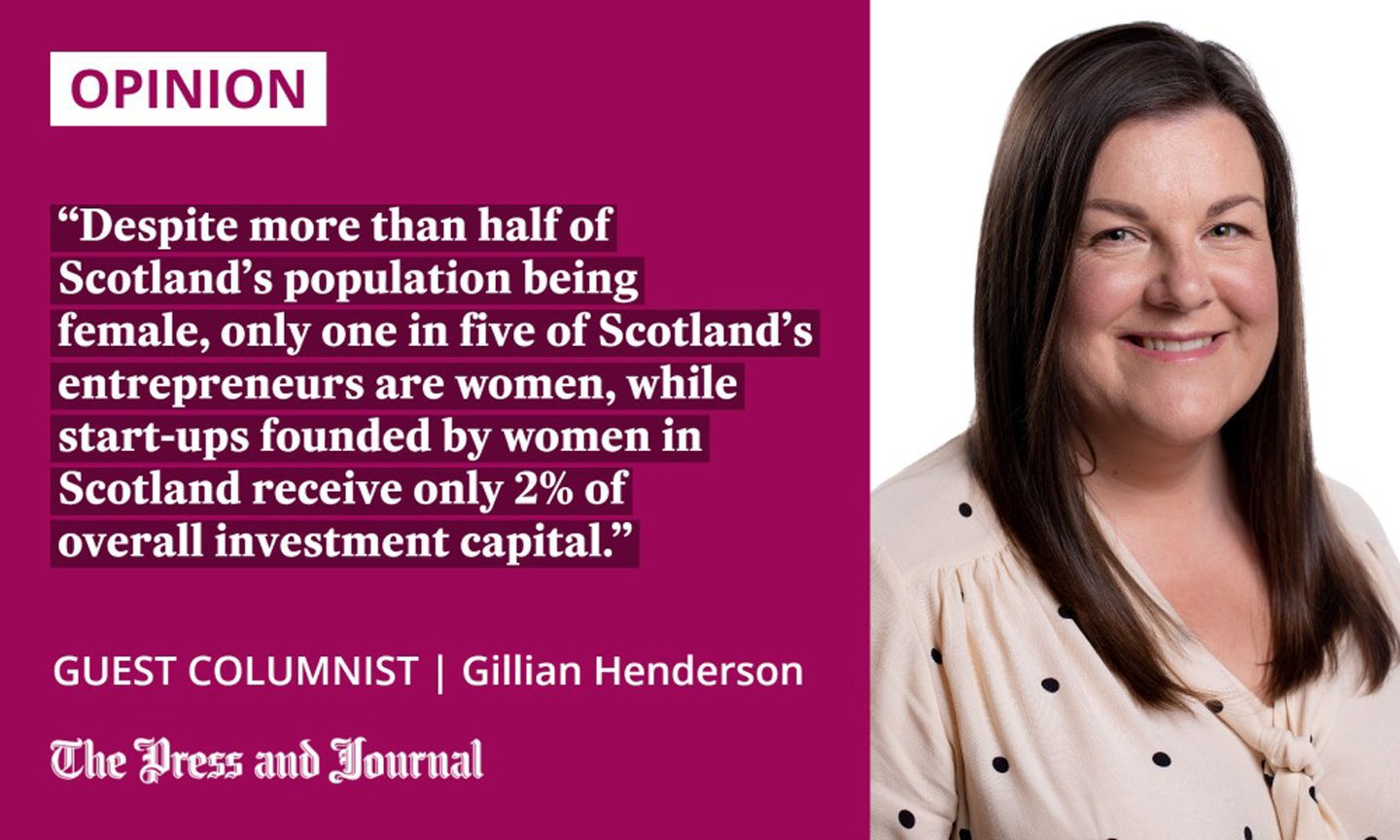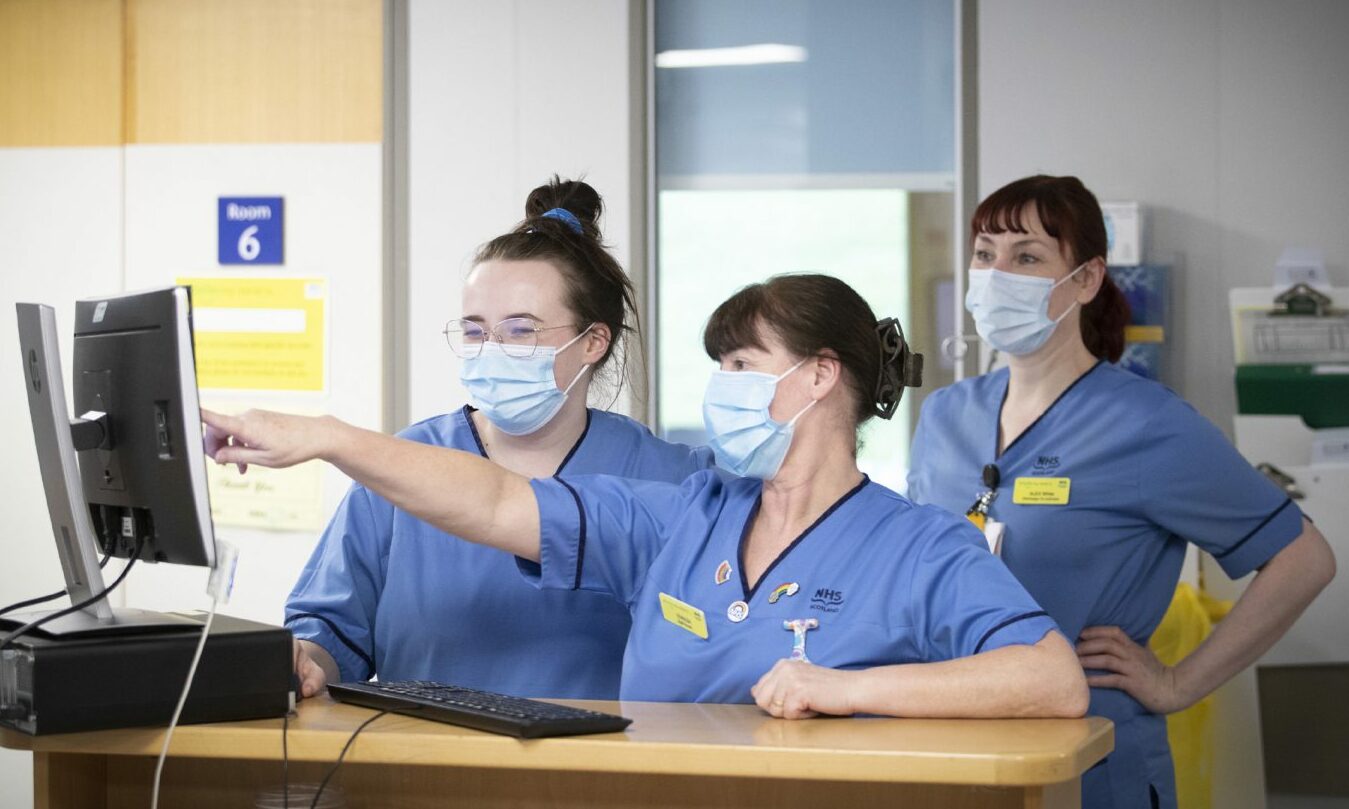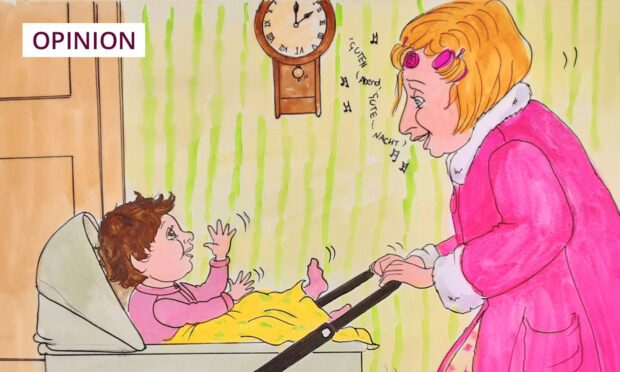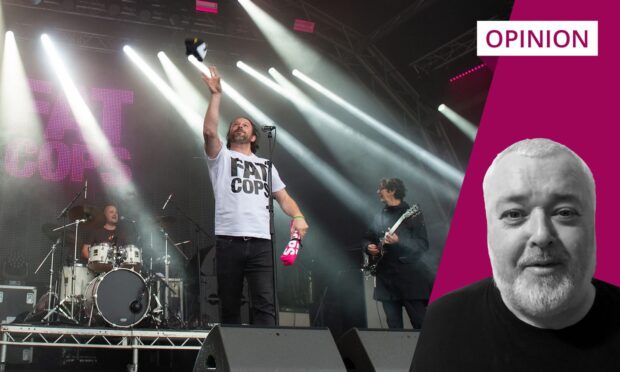Despite the pioneering work of healthcare professionals in NHS Scotland and beyond, a gender gap unfortunately persists in modern day medicine.
Whilst there are widespread examples of excellent, innovative services for women, there is also a requirement for wider systemic change to ensure that our health and social care services meet the needs of all on an equal basis.
Much work is underway to facilitate positive progress in both respects, and maximising the potential of women as empowered agents of change is considered a key facet for driving that process forward.
Taking a progressive, pioneering stance, Scotland is the first country in the UK to have a women’s health plan. This outlines ambitious improvements and change in areas including menopause, heart health, menstrual health including endometriosis, and sexual health.
In total, it sets out 66 actions to ensure all women enjoy the best possible healthcare throughout their lives, reflecting real life experiences of women who have given their feedback on what is important to them.
The plan also foregrounds the potential for innovation and ways to do things differently for women’s health, particularly as we recover and remobilise after the Covid-19 pandemic.

This is important to us at InnoScot Health. Reviewing our own portfolio of innovations, we see a consistent pattern of more men submitting ideas than women. Back in 2010, we had a submission split of 40% females compared to 60% males; by 2020, the gap had widened to a split of 29% females compared to 71% males.
Of course, the breakdown of submissions is multifaceted and subject to a number of factors. But, with over 75% of the NHS workforce being female, we do need to work harder to identify underlying issues and make improvements that place women firmly on a par with their male counterparts at a time when we know there is significant appetite for workforce-led innovation.
Some insight can be drawn from the independent review Pathways: A New Approach to Women in Entrepreneurship, published earlier this year. The review, commissioned to consider the under-participation of women in entrepreneurship, highlighted that, despite more than half of Scotland’s population being female, only one in five of Scotland’s entrepreneurs are women, while start-ups founded by women in Scotland receive only 2% of overall investment capital.
It also highlighted a gap between female and male-led companies securing institutional investment, which has widened over the past five years.
Scotland has an ‘untapped pool of talent’
In many ways, the figures are reflective of patterns we are seeing for NHS-led innovation. While the review provided 31 recommendations to help reduce the gender gap, it also noted “copious evidence that the entrepreneurial and related capabilities of women are equal to those of men”, and that there is “a compelling case for Scotland to leverage this untapped pool of talent to drive and grow the entrepreneurial economy”.
It is a message echoed in Scotland’s national innovation strategy, which concluded that the lack of university spinouts with female founders means “we are missing out on the economic and wellbeing benefits of a larger and more diverse innovation base”.
At InnoScot Health, we believe that female innovators can make a big contribution to solving real-world healthcare problems. We are keen to tap into too often underused female skillsets, heighten diversity of thought, and help make Scotland one of the most innovative small nations in the world.
We will lend any necessary support to national-level initiatives which are seeking to redress the imbalance and engender better backing for female entrepreneurs. Part of this will be doing more to highlight our key role in encouraging and supporting women innovators working across NHS Scotland, and the wealth of support available, so we can start to break down barriers, address specific issues impacting on women, and always provide a welcoming open door for those with innovative ideas.
We will also do more to celebrate strong, visible female leaders as positive role models and important inspiration for change – including those female leaders in our own organisation, who are part of greater diversity across the innovation ecosystem.
Every sector should advocate breaking glass ceilings
In terms of distinct actions around women’s health, our latest innovation call is specifically targeted at pregnancy and perinatal treatment and care. We are seeking to inspire fresh ideas and new thinking from all healthcare staff, to promote and support good child and maternal health.
Across the decades, innovative Scottish women have made vital contributions in shaping healthcare advancement, and they continue to be pioneers in improving NHS Scotland’s working practices every day.
There really should be no barriers to innovation – whether gender, age, location, or role in health and social care – and everyone should be encouraged to come up with new ideas
Every sector should advocate breaking glass ceilings in order to encourage female mentorship and investment in training opportunities for better learning and career development.
InnoScot Health is keen to see the same mindset inspire NHS Scotland in the belief that there really should be no barriers to innovation – whether gender, age, location, or role in health and social care – and everyone should be encouraged to come up with new ideas, simple or complex, to drive improvements.
During this pivotal recovery period, we can all benefit from inclusive innovation that embraces new ideas and perspectives.
Gillian Henderson is head of project management at InnoScot Health











